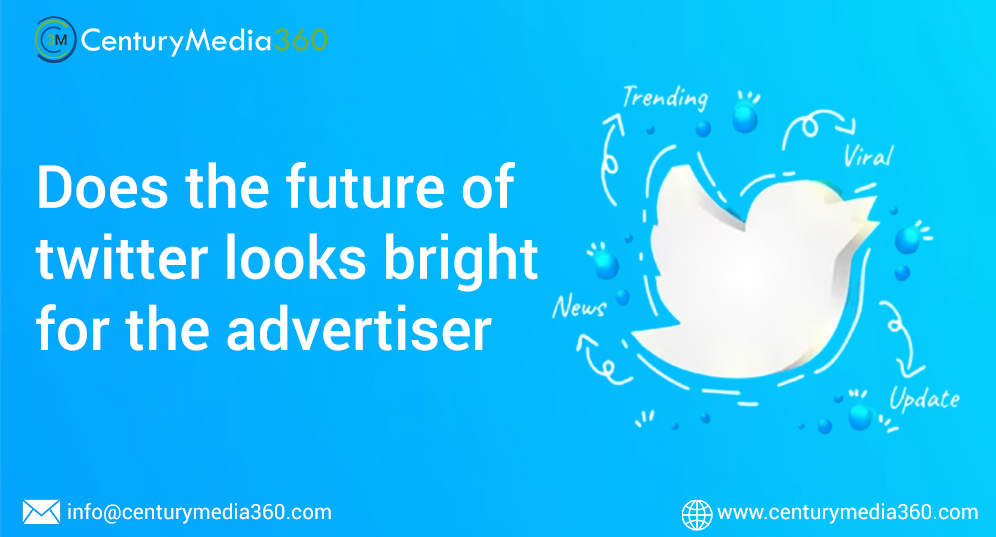Future of Twitter for Advertisers

Twitter, the microblogging platform that allows users to share their thoughts in 280 characters or less, has come a long way since its launch in 2006. With over 330 million monthly active users, Twitter has become a powerful tool for businesses to reach and engage with their target audience. But as the social media landscape continues to evolve, the question remains: what does the future hold for Twitter as an advertising platform? In this article, we will explore the current state of advertising and examine whether the future looks bright for advertisers on the platform.
Twitter’s Ad Revenue
Growth One of the key indicators of Twitter’s future as an advertising platform is its ad revenue growth. In the third quarter of 2020, Twitter’s ad revenue grew by 29% year-over-year, reaching $808 million. This growth is largely attribute to the shift to e-commerce and the increase in online shopping during the COVID-19 pandemic. Additionally, Twitter’s ad revenue per user has also increased, indicating that the platform is becoming more efficient in monetizing its user base.
Twitter’s Ad Targeting Capabilities
Another important factor to consider is Twitter’s ad targeting capabilities. Twitter has always been known for its targeting options, which allow advertisers to reach specific audiences based on interests, behaviors, and demographics. With the addition of features such as the Twitter Audience Platform and the Twitter Ads API, advertisers can now reach even more specific audiences and automate their advertising campaigns. Twitter’s targeting capabilities are an important aspect of its future as an advertising platform, as they allow businesses to reach the right people at the right time.
Twitter’s Video Advertising
Twitter is also focusing on video advertising as a key driver of its future growth. According to a study b, videos on Twitter drive more engagement than any other type of content. To capitalize on this trend, Twitter has introduced a number of video advertising options, including in-stream video ads, which allow businesses to place their videos within the content of other users. Twitter also allows businesses to run pre-roll video ads, which play before a user’s selected video content. Twitter’s focus on video advertising is a positive sign for the platform’s future as an advertising platform, as video ads have been shown to be more effective than other types of ads in driving engagement.
Twitter’s Live Streaming
Twitter is also investing in live streaming as a way to drive future growth. With the launch of the Twitter Live API, businesses can now stream live content, reaching a wider audience and driving more engagement. Twitter’s live streaming capabilities are an important aspect of its future as an advertising platform, as live streaming has been shown to be an effective way to reach and engage with audiences.
Twitter’s Partnership with Other Platforms
Twitter is also partnering with other platforms to drive future growth. it has recently partnered with Spotify to allow users to share their music and podcasts directly on Twitter. it has also partnered with TikTok, allowing users to share their TikTok videos. These partnerships are an important aspect of Twitter’s future as an advertising platform, as they allow businesses to reach new audiences and drive more engagement.
Conclusion
Twitter has come a long way since its launch in 2006 and has become a powerful tool for businesses to reach and engage with their target audience. While the social media landscape continues to evolve, the future looks bright for Twitter as an advertising platform. The platform’s ad revenue growth, targeting capabilities, video advertising, live streaming, and partnerships with other platforms, all point to a positive future for the platform as an advertising platform. Twitter’s future as an advertising platform looks to be strong, and businesses looking to reach their target audience should definitely consider incorporating Twitter into their advertising strategy. As long as Twitter continues to evolve and improve its advertising capabilities, the future looks bright for advertisers on the platform.






